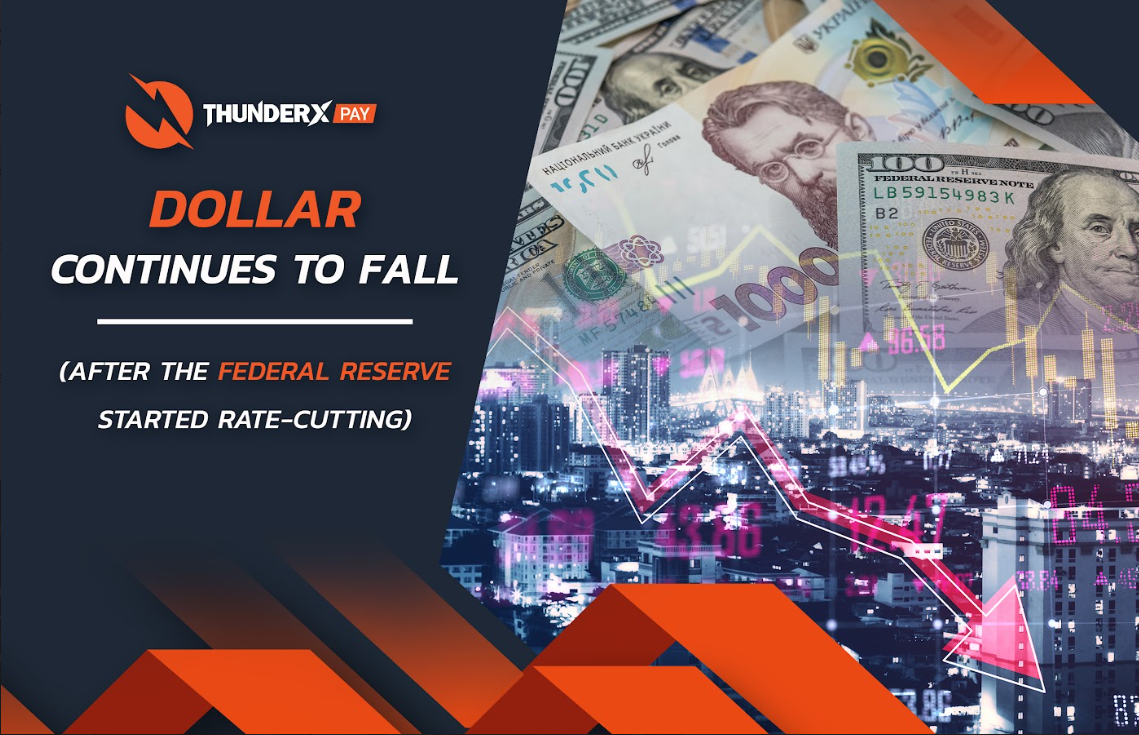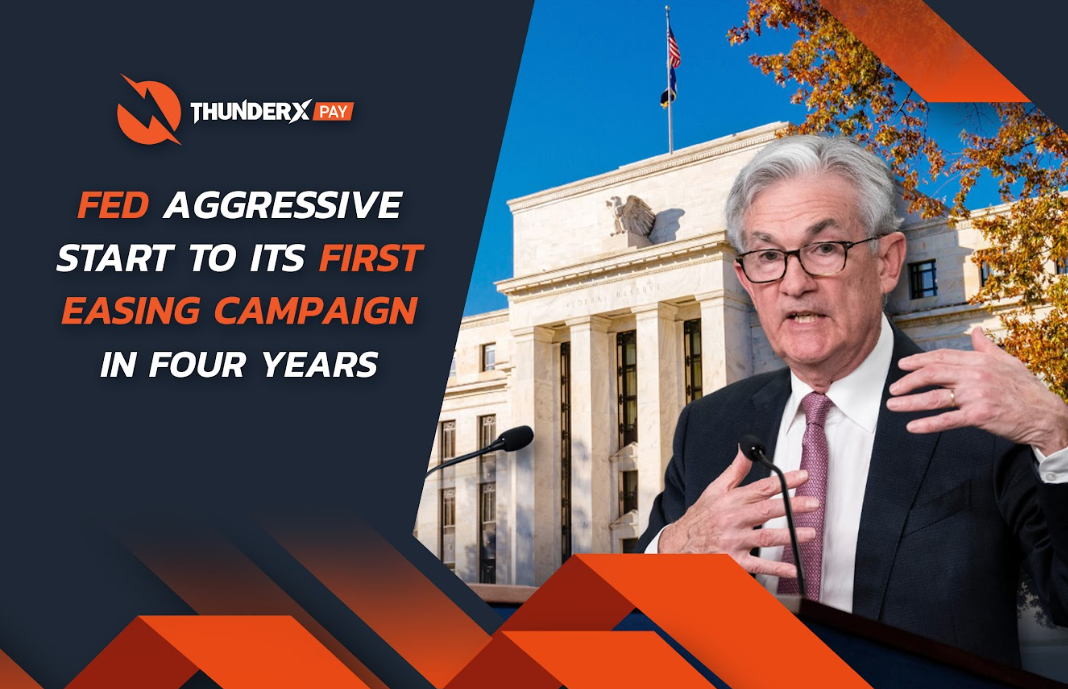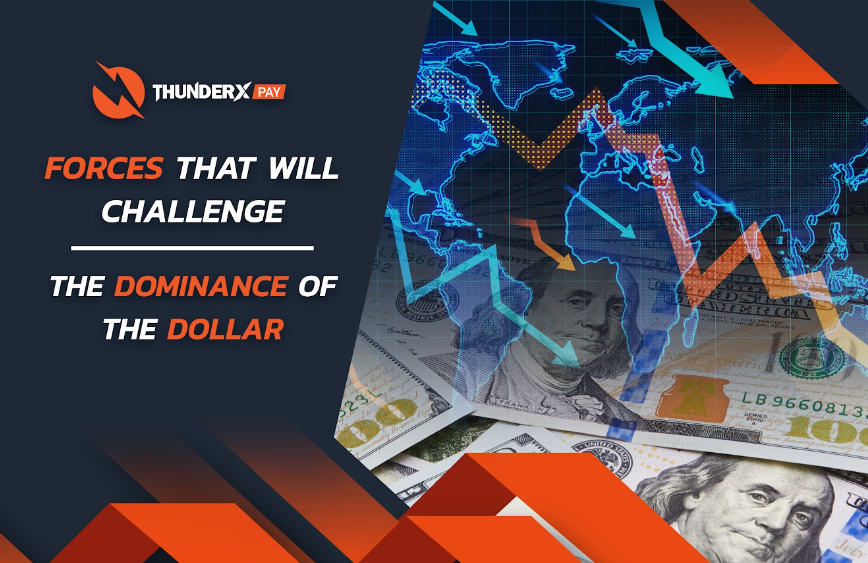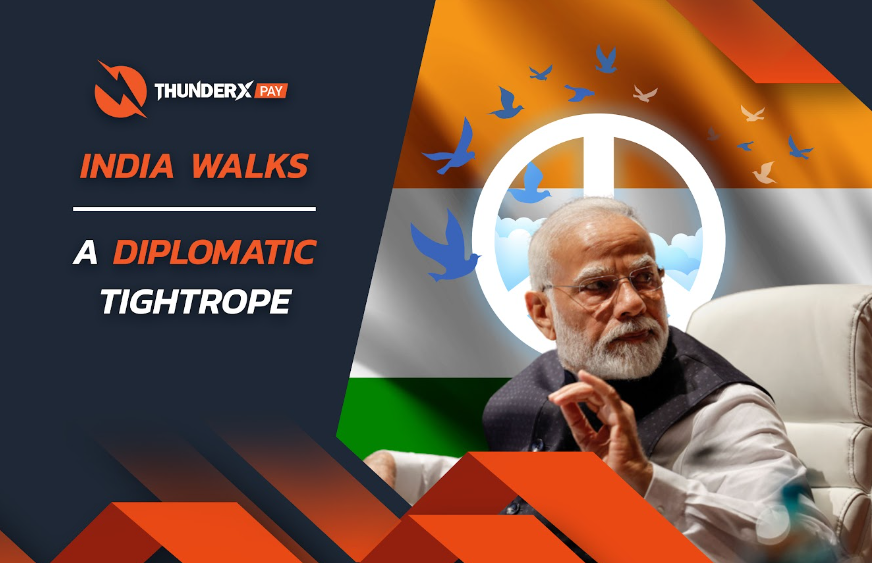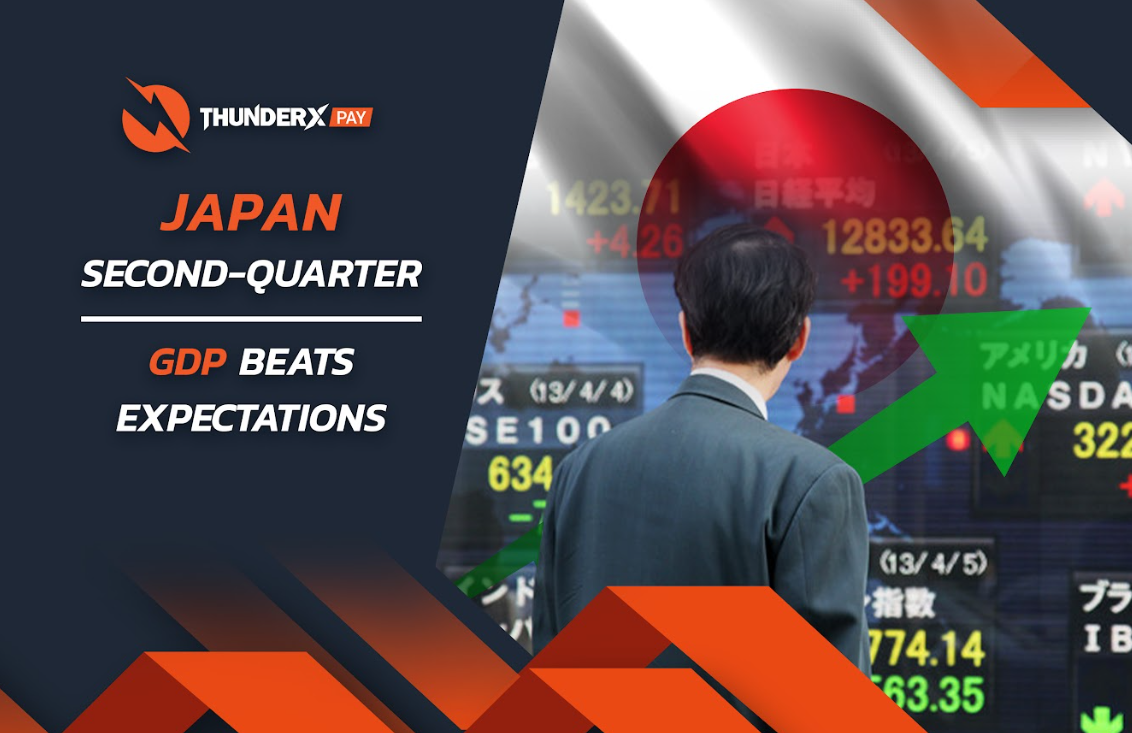
Exclusive [BRICS] is for the fairies until China and India get serious.
the former Goldman Sachs economist who came up with the BRIC acronym told Reuters.Russian President Vladimir Putin is using the summit of BRICS leaders to show that Western attempts to isolate Russia over the Ukraine war have failed and that Russia is building ties with the rising powers of Asia. Then-Goldman Sachs chief economist Jim O’Neill introduced the term BRIC in 2001 in a research paper that underlined the massive growth potential of Brazil, Russia, India and China and the need to reform global governance to includethem. The idea of the BRICS group ever challenging the U.S. dollar is for the fairies as long as China and India remain so divided and refuse to cooperate on trade, “The idea that the BRICS can be some genuine global economic club, it’s obviously a bit out there with the fairies in the same way that the G7 can be, and it’s very disturbing that they see themselves as some kind of alternative global thing,because it’s obviously not feasible,” O’Neill told Reuters. “It seems to me basically to be a symbolic annual gathering where important



